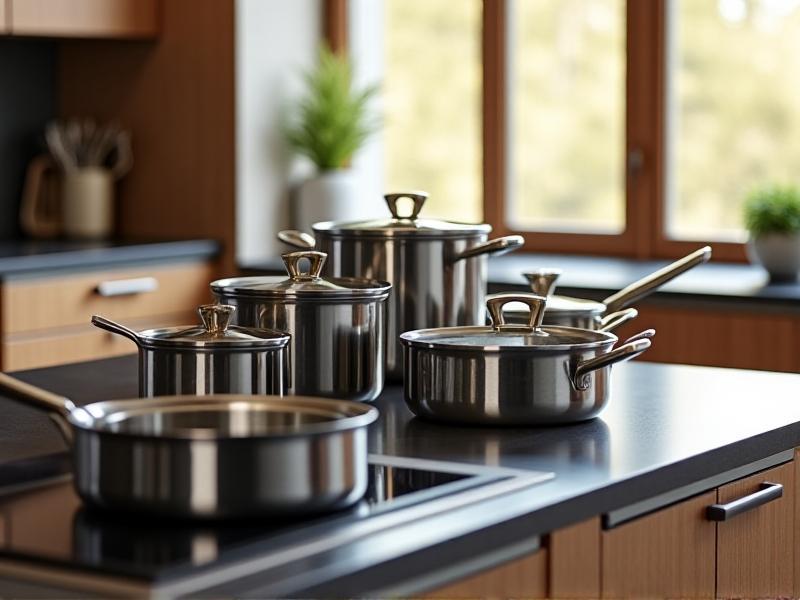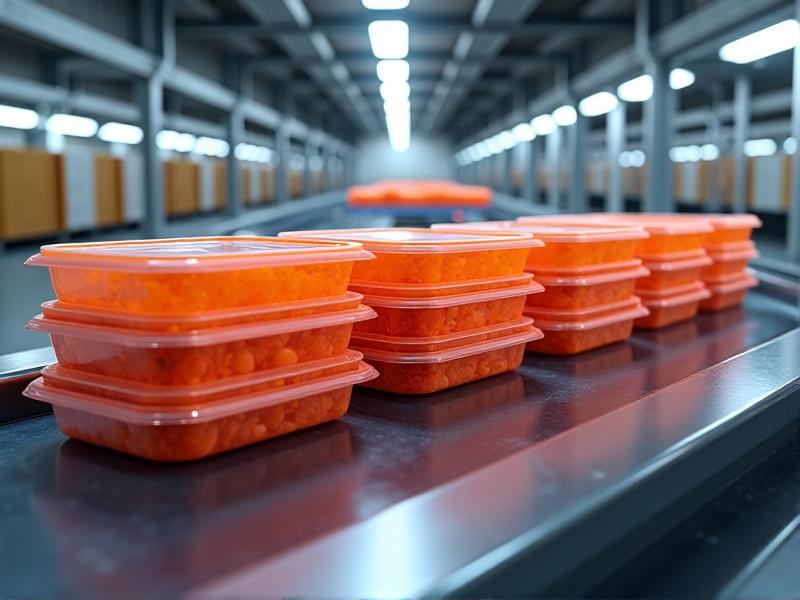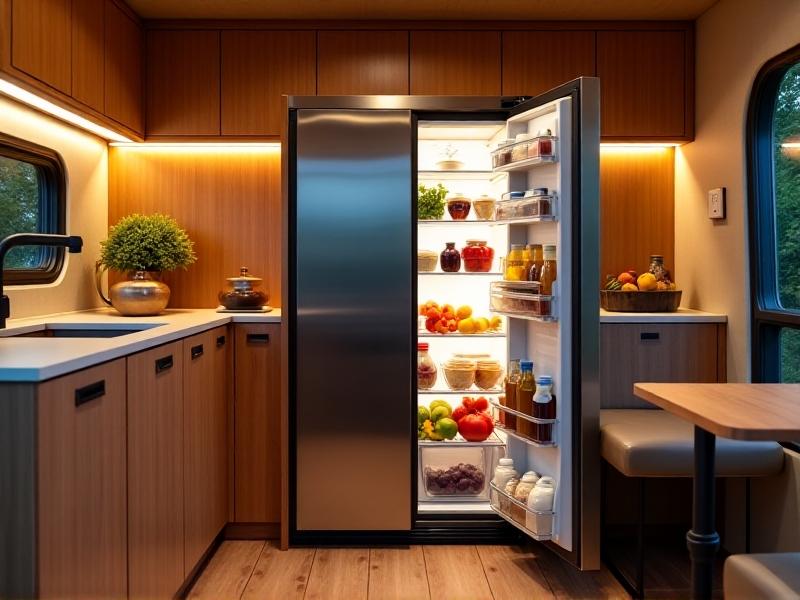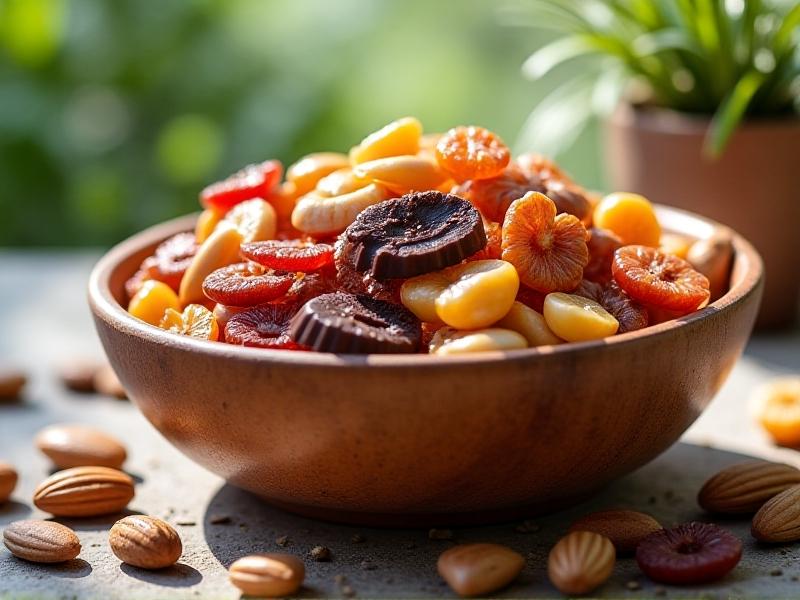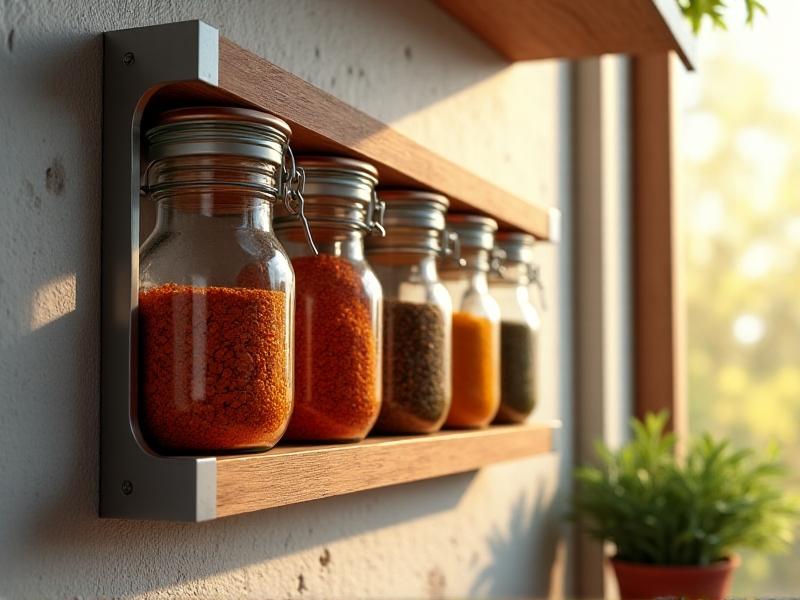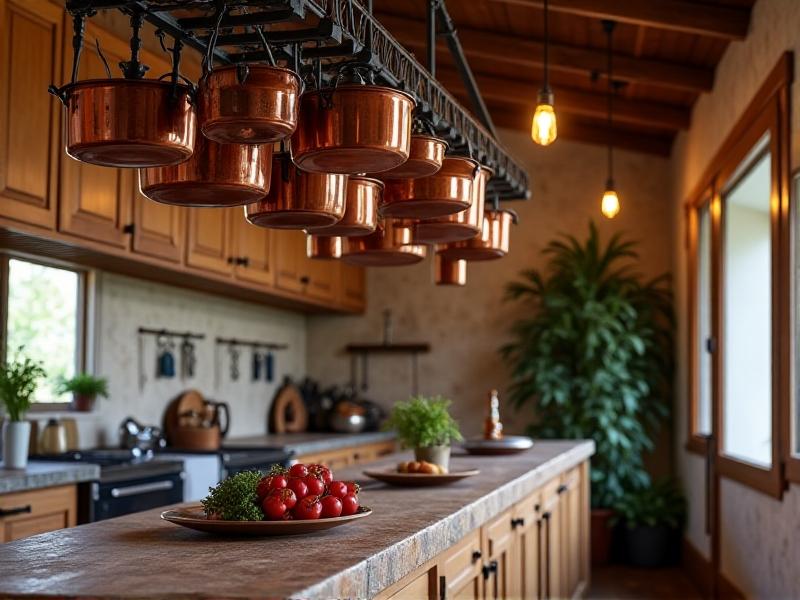Hanging Produce Net Installations
The Rise of Hanging Produce Net Installations: A Modern Storage Revolution
In recent years, hanging produce net installations have emerged as a practical and visually appealing solution for storing fruits, vegetables, and herbs. Originally rooted in traditional agricultural practices—such as drying garlic braids or curing onions in cellar nets—this method has been reimagined for contemporary kitchens, urban balconies, and even commercial spaces. These installations prioritize airflow, reduce spoilage, and transform storage into a design feature. Whether used in rustic farmhouses or minimalist apartments, they blend functionality with aesthetics, offering a sustainable alternative to plastic containers and overcrowded countertops.
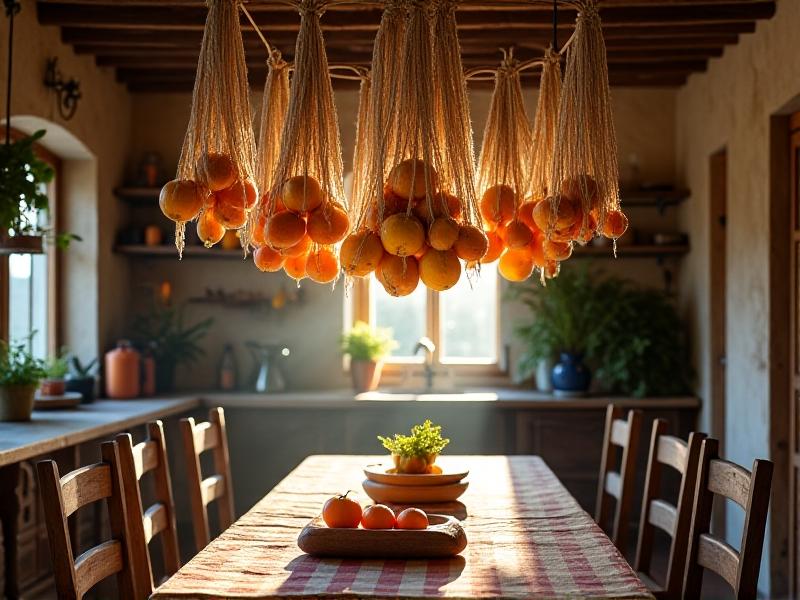
Why Hanging Produce Nets Are Gaining Popularity
The appeal of hanging nets lies in their versatility. Urban dwellers with limited space appreciate their vertical storage potential, while eco-conscious users value reduced plastic waste. Proper airflow extends the shelf life of produce by minimizing moisture buildup, a common cause of rot. Nets also keep fruits and vegetables visible, discouraging forgetfulness and food waste. For small-scale gardeners, they offer a way to dry herbs or cure garlic without dedicating counter space. Additionally, their tactile, organic appearance adds warmth to modern interiors, making them a favorite among interior designers.
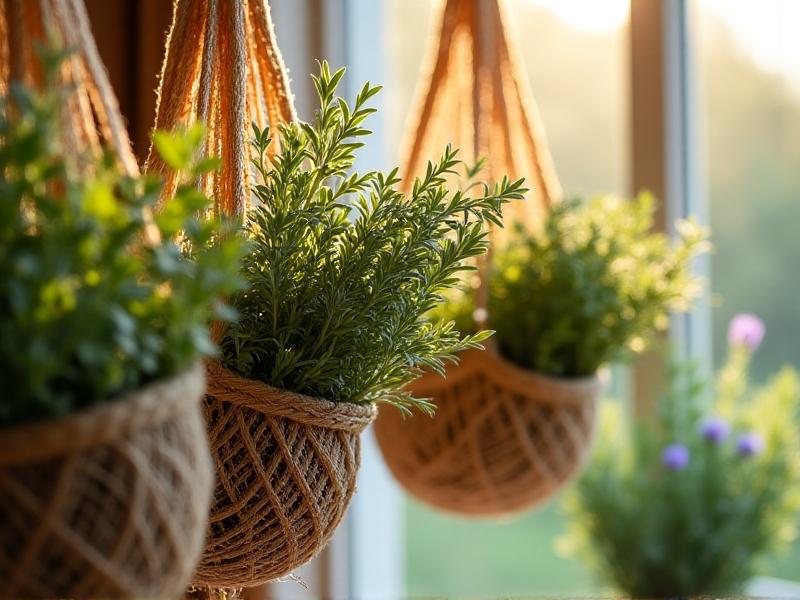
Choosing the Perfect Location for Your Nets
Selecting the right spot is crucial. Areas with consistent airflow, like near windows or under ventilation fans, prevent mold growth. Avoid direct sunlight for most produce, though citrus or onions may benefit from mild sun exposure. Consider weight distribution: heavier items like pumpkins require sturdy anchors, while lightweight nets of herbs can hang from adhesive hooks. In kitchens, position nets away from heat sources like stoves. For outdoor setups, opt for weather-resistant materials like polyester mesh to withstand rain and wind.
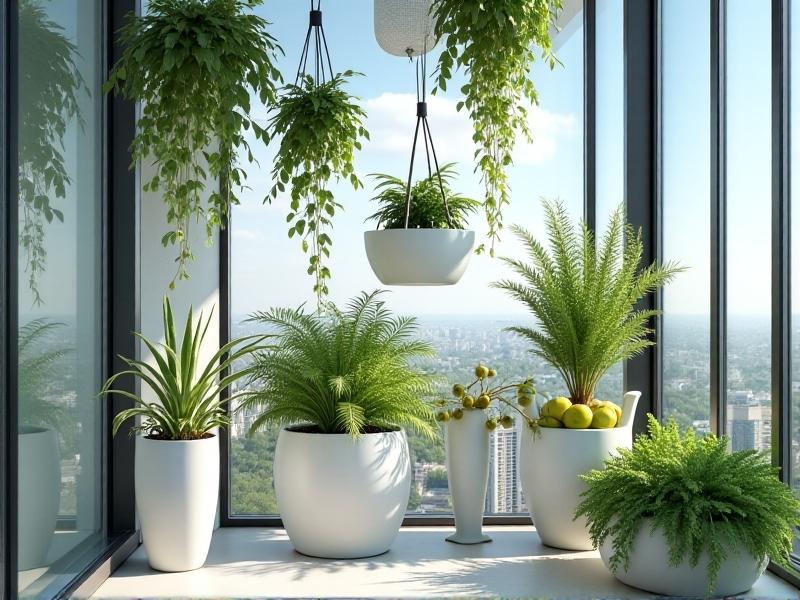
Step-by-Step Guide to Installing Your Nets
Begin by measuring your space. Ceiling-mounted racks work well for bulk storage, while wall hooks save floor space. Use a stud finder to locate secure anchor points, and install heavy-duty hooks or eye bolts. For lightweight setups, tension rods between walls offer flexibility. Attach nets using carabiners or S-hooks for easy removal. Ensure nets hang at eye level or lower for accessibility. Pro tip: Label nets with chalkboard tags to track contents and harvest dates.
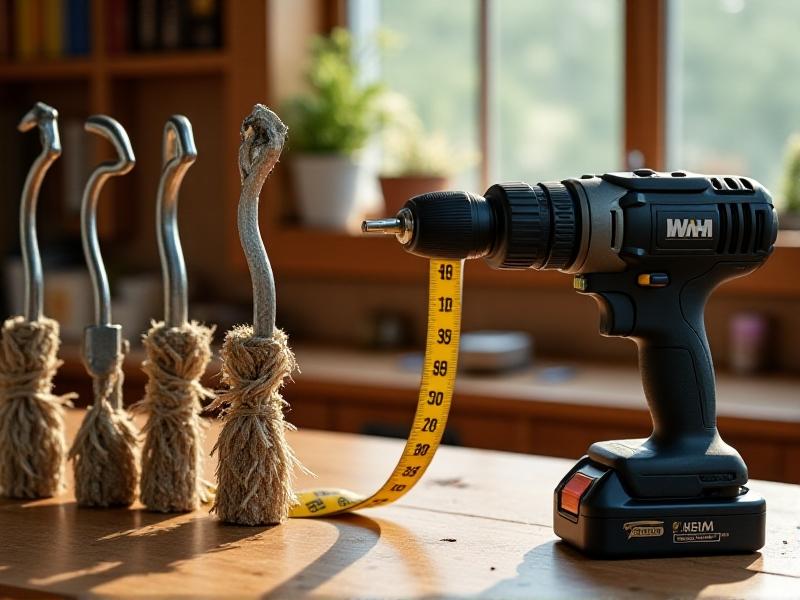
Maintaining Your Nets for Longevity
Regular maintenance prevents deterioration. Hand-wash cotton or jute nets in cold water to avoid shrinkage; machine-wash synthetic mesh on gentle cycles. Inspect hooks monthly for rust or loosening, especially in humid areas. Replace nets with frayed edges to prevent spills. Rotate produce weekly to ensure even airflow and spot-check for overripe items. In outdoor installations, shake nets after storms to remove water droplets and debris.
Beyond Storage: Creative Uses for Hanging Nets
These nets aren’t just for onions and potatoes. Retailers use them to display farmers' market-style produce, enhancing customer appeal. Homeowners repurpose nets as hanging planters for trailing succulents like string-of-pearls. During holidays, fill nets with pinecones or ornaments for seasonal decor. They’re also ideal for organizing non-produce items—think craft supplies, towels, or toys—in a visually cohesive way.
The Environmental Impact of Switching to Nets
By replacing single-use plastic bags, hanging nets significantly cut down on household waste. Biodegradable materials like hemp or cotton decompose naturally, unlike synthetic counterparts. Properly stored produce lasts longer, reducing the frequency of grocery trips and associated carbon emissions. Communities adopting shared net systems in communal gardens report lower food waste and stronger neighborly collaboration. It’s a small step toward sustainability with measurable ripple effects.

